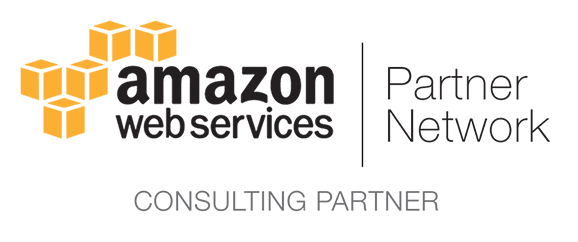If you’ve been following the latest trends in learning, you’ve likely heard the excitement surrounding e-learning solutions. From engaging courses to virtual classrooms, technology is making a significant impact. So, let’s explore how e-learning solutions are reshaping modern education and what this means for students, educators, and institutions alike!
1. Accessibility for All
What It Means:
One of the biggest perks of e-learning is its accessibility. Students can access educational resources anytime, anywhere, as long as they have an internet connection.
Why It Matters:
This flexibility breaks down geographical and socio-economic barriers, allowing more people to pursue education. Whether you’re a full-time employee looking to upskill or a student in a remote area, e-learning makes education available to everyone.
2. Personalized Learning Experiences
What It Means:
E-learning solutions often incorporate adaptive learning technologies that adjust the content based on a learner’s pace and understanding.
Why It Matters:
Personalized learning allows students to focus on areas where they need improvement, rather than following a one-size-fits-all curriculum. This tailored approach boosts engagement and helps learners grasp concepts more effectively.
3. Diverse Learning Resources
What It Means:
Gone are the days of relying solely on textbooks. E-learning offers a wealth of resources, including videos, podcasts, interactive simulations, and discussion forums.
Why It Matters:
This variety caters to different learning styles—whether you’re a visual learner who thrives on videos or someone who prefers reading articles. With such a rich tapestry of resources, students can choose what works best for them, enhancing their overall learning experience.
4. Engaging Learning Environments
What It Means:
E-learning solutions often include gamification elements, interactive quizzes, and collaborative projects that make learning more engaging and fun.
Why It Matters:
When learning feels like a game rather than a chore, students are more likely to participate and retain information. This engagement can lead to better academic outcomes and a more positive attitude toward education.
5. Enhanced Collaboration
What It Means:
E-learning platforms often include features that promote collaboration, such as discussion boards, group projects, and real-time chat functions.
Why It Matters:
These tools foster a sense of community among learners, even when they’re miles apart. Collaborative learning encourages the sharing of ideas and perspectives, enriching the educational experience for everyone involved.
6. Cost-Effectiveness
What It Means:
For many institutions, e-learning can be a more cost-effective option compared to traditional classroom settings. It reduces expenses related to physical infrastructure, materials, and transportation.
Why It Matters:
These savings can be redirected towards enhancing educational resources and providing more opportunities for students. Plus, learners save on commuting and textbook costs, making education more affordable overall.
7. Continuous Learning and Upskilling
What It Means:
E-learning solutions support lifelong learning by offering courses that cater to various interests and skill levels. Whether it’s professional development or personal enrichment, there’s something for everyone.
Why It Matters:
In a rapidly changing job market, the ability to continuously learn and adapt is crucial. E-learning empowers individuals to keep their skills relevant and stay competitive in their fields.
8. Data-Driven Insights
What It Means:
Many e-learning platforms come with analytics tools that track student progress and engagement. This data can provide valuable insights into how learners interact with content.
Why It Matters:
Educators can use these insights to identify trends, pinpoint areas for improvement, and tailor their teaching methods accordingly. This feedback loop enhances the overall effectiveness of the educational experience.
Conclusion:
A Bright Future for Education
E-learning solutions are revolutionizing modern education in ways we couldn’t have imagined just a few years ago. By making education more accessible, personalized, and engaging, these technologies are empowering students and educators alike.
As we continue to embrace these innovations, the future of education looks bright. So, what are your thoughts? Have you experienced the benefits of e-learning firsthand? I’d love to hear your stories in the comments! Let’s keep the conversation going about how we can all benefit from this exciting transformation in education!






